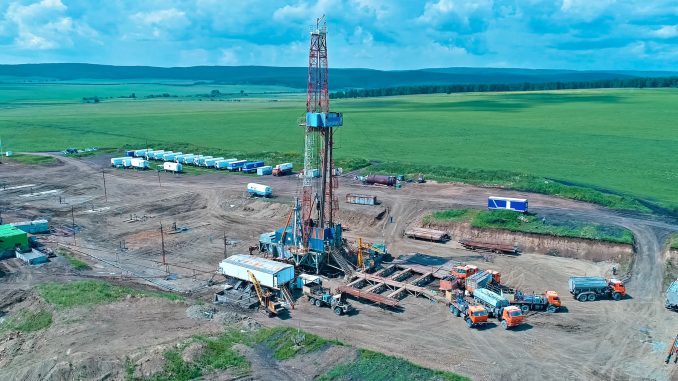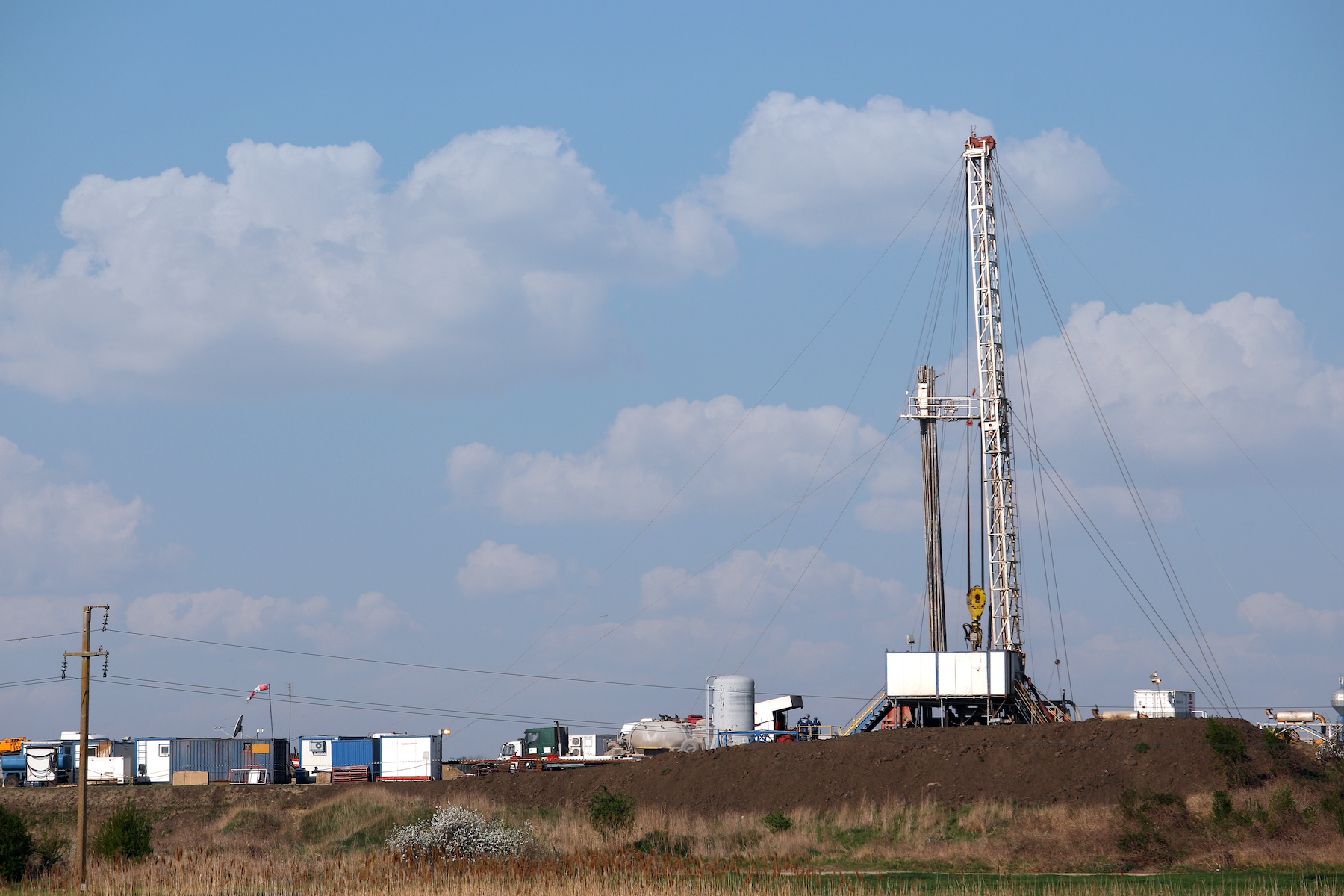
Field exploration is necessary for the oil and mining industry. While these practices involve harvesting limited and unsustainable resources, experts develop methods and approaches to make mining more eco-friendly.
Environment-friendly mining may seem contradictory. However, field explorations for oil and minerals are more than just about digging up earth’s limited resources. The mining industry also has significant impacts on site and even on public health. As a solution, companies may shift focus towards a sustainable future.
Here are five tips for sustainable field exploration practices to help minimize the industry’s environmental impact.
Use Low-Impact Construction Methods
Construction is one of the initial steps in field exploration. It involves building remote workforce accommodations, storage, vehicle and equipment protection, offices, hygiene facilities, and processing areas. Since the sites are typically in far-off locations, constructing these structures can be extra challenging, especially when keeping environmental impact at a minimum.
One low-impact option in field exploration projects is modular construction. Some of the best examples are fabric structures. These buildings require less land preparation, eliminating the need for further excavation and permanent soil damage. They’re made with highly durable and waterproof fabric and weatherproof steel or aluminum framing that can withstand harsh weather conditions.
Another benefit of constructing low-impact structures is the ease of dismantling and transportation. Once the exploration is through, these modular buildings can be disassembled and transferred to the next site without leaving a trace. The land can return to its natural condition.
Utilize Alternative Energy Sources
Field exploration projects consume high amounts of energy to keep the operation running. While some sites may rely on the available power grid, the increased consumption might take a toll on its neighboring communities. Companies may look into efficient ways to utilize alternative energy sources to solve this issue.
One of the most advanced and efficient sustainable energy sources is solar power. It’s ideal for field explorations in tropical regions or amidst the desert since these locations are frequently exposed to sunlight. For arctic explorations, industries may utilize hydropower alongside solar energy to maximize power generation.
Utilizing alternative energy sources makes field exploration more sustainable. Instead of using an already limited power source, switching to renewable energy lowers the operation’s overall environmental impact. The surplus electricity generated can also power a neighboring community lacking energy.

Plan Proper Waste Management
Waste management is a major challenge in any industry, requiring a systematic plan in field exploration projects. Since these operations may involve disposing of hazardous waste, they must follow safety standards to protect the environment and the workers.
Due to excavation, field exploration projects need to manage overburden. It involves filling back the excavated soil into the holes and trenches. Over time, these dumps may be naturally reclaimed by plants and trees, especially if the site is in tropical regions. However, the company may also make tree-planting efforts to help the environment recover faster.
Another issue to deal with is human waste. Since the workers will be staying onsite, proper management of solid and liquid waste is crucial, especially for maintaining health and safety. Following strict protocol and government-implemented waste management laws is best to guarantee low environmental impact and public health safety.
Meticulous Mine Site Selection
Each field exploration project starts with mine site selection. It involves close surveillance and testing to maximize resources. Since mining requires deep and wide excavations, ensuring the quality of the land and confirming the location’s potential through geological evaluation is crucial.
One factor that may help improve field exploration projects’ sustainability is choosing a well-researched mine site. In this case, the industry can mitigate wastage in excavating land with low potential. While other uncertain factors may affect the efficiency of exploration, knowing the quality of the land through drone surveillance, magnetic surveys, and land evaluation helps select the best site.
Furthermore, meticulous mine site selection can help minimize the operation’s environmental impact. When the exact excavation spots are specified, the risk of unnecessary land damage is lessened.
Organize Closure And Reclaiming In Advance
A sustainable field exploration project should always include proper land closure and reclaiming. Once the operations are over, the mine site should be restored for public and environmental safety. Although there are irreversible land changes due to excavations, the site can still be improved.
One sustainable practice in reclaiming field exploration sites is replenishing the environment. It involves the complete clearing of waste, topsoil restoration, and planting native species of plants and trees. Going the extra mile instead of leaving the site as is can help the land’s ecosystem recover faster.
An organized site closure and reclaiming before the project starts sets a concrete future for the business and the environment. Since mining already inflicts an irreversible impact on the environment, helping the life around it recover after the operations is imperative.
Conclusion
Sustainable field exploration projects are possible with proper planning while prioritizing environmental safety. Following these tips and the regulations applied across different regions minimizes the overall impact on the ecosystem and nearby communities.

Leave a Reply